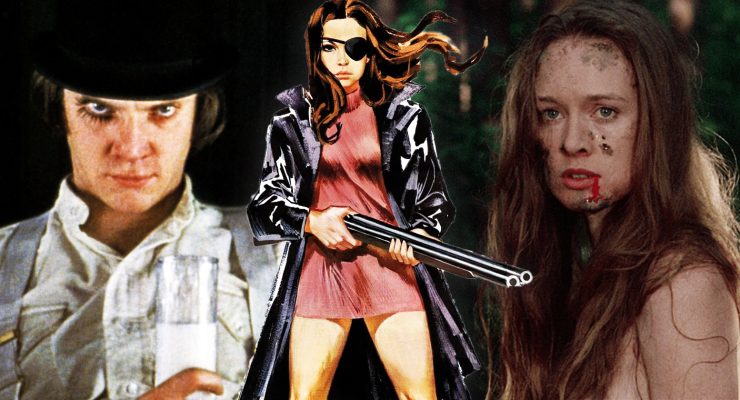I, Robot, 2004.
Directed by Alex Proyas.
Starring Will Smith, Bridget Moynahan, and Bruce Greenwood.
SYNOPSIS:
In the year 2035 a techno-phobic cop investigating the death of a scientist suspects that the crime may have been committed by a robot, leading to a greater threat against humanity.
Starting off within the prolific field of science fiction, it seems the team behind I, Robot could do no wrong. However, far from following on from the success of Hollywood with yet another Matrix remake, they have used this film as a vessel with which to summon a rebirth of ‘the machine’ within this sector, following on from films such as Blade Runner and The Terminator, and bring back the theme of aliens through this modern medium of robotics.
Aliens have been a common focal point throughout science fiction; venting our fears of the unknown through these extra terrestrial life forms. Though, I, Robot, gives a subtle twist to the conventional alien invasion, as we see human creations revolt against their masters, and overcome the knowledge of man. In doing this they have integrated our inner fear of higher knowledge, while triggering anxieties that our own kind are capable of inflicted great chaos upon us. This shows intertextuality with Frankenstein, in which we see a human creation rebel against his creator.
This idea of Frankenstein also links in with references to the horror genre, which have been incorporated into the text, most predominantly visible when the robots begin to chant ‘one of us’, taking on the chilling characters of zombies. This again enhances the idea of an invasion from within our own world, building fear and tension as the narrative progresses.
Further links can be seen through the idea of a Faustian figure, highlighting the idea of creating life and taking on the powers of God. Again this enhances links between I, Robot and Frankenstein, both of which concentrate of a central character created by a Faustian figure who ultimately failed to control their power.
I also feel that references can be made between I, Robot and Blade Runner, through the production of a robot that has human emotion, linking with Blade Runner’s Rachel and her dream of being human. These links entwined within the narrative then cause us to think of dystopian visions, such as those featured within Blade Runner, and turn us against this evolution of the machines.
Altogether I feel the depth of this narrative gives a compelling viewing enhanced by Smith, who delivers a dominant performance throughout in his role as Del Spooner, a policeman with extreme anxieties over the robots. In this technological interpretation of the future, Del gives the audience a character to identify with. He longs for a conventional life where he is in control, without the constant suspicion of the ever present robots. The use of signifiers such as his ‘retro’ Converse All Stars, help link Del within modern society, giving a feeling that he is one of us, in contrast with the inhabitants of 2035. The addition of this character helps lighten the narrative, as well as helping give contrast throughout, helping to produce a successful sci-fi adventure that can enjoyed by all.
Rosie Cammish











